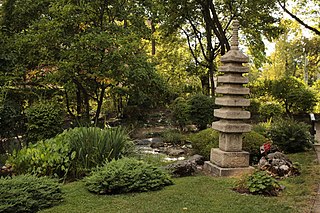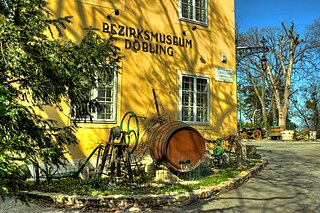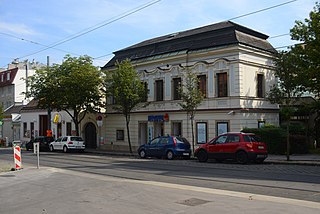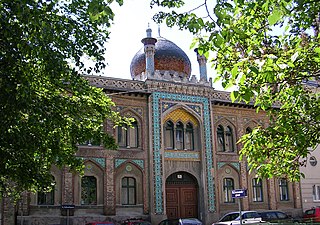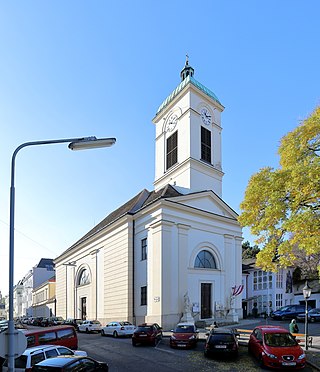Self-guided Sightseeing Tour #9 in Vienna, Austria
Legend
Guided Free Walking Tours
Book free guided walking tours in Vienna.
Guided Sightseeing Tours
Book guided sightseeing tours and activities in Vienna.
Tour Facts
1.6 km
32 m
Experience Vienna in Austria in a whole new way with our self-guided sightseeing tour. This site not only offers you practical information and insider tips, but also a rich variety of activities and sights you shouldn't miss. Whether you love art and culture, want to explore historical sites or simply want to experience the vibrant atmosphere of a lively city - you'll find everything you need for your personal adventure here.
Activities in ViennaIndividual Sights in ViennaSight 1: Setagayapark
Setagayapark, also known as the Japanese Garden Döbling, was laid out between 1990 and 1992 according to plans by the Japanese garden designer Ken Nakajima (1914–2000) in Vienna's 19th district of Döbling.
Sight 2: Döbling District Museum
The Bezirksmuseum Döbling is a museum in Wertheimsteinpark in the 19th district of Vienna.
Sight 3: Maria-Theresien-Schlössel
The Maria-Theresien-Schlössel is a historic building in Vienna's 19th district of Döbling at Hofzeile 18–20.
Sight 4: Zacherlfabrik
The Zacherl factory (Zacherlfabrik) is a former factory in the 19th district of Vienna, Döbling. It was built in an oriental style.
Sight 5: St. Paul
The Döbling Parish Church is a Roman Catholic parish church in the suburb of Oberdöbling in the 19th district of Vienna, Döbling.
Share
Disclaimer Please be aware of your surroundings and do not enter private property. We are not liable for any damages that occur during the tours.
GPX-Download For navigation apps and GPS devices you can download the tour as a GPX file.
